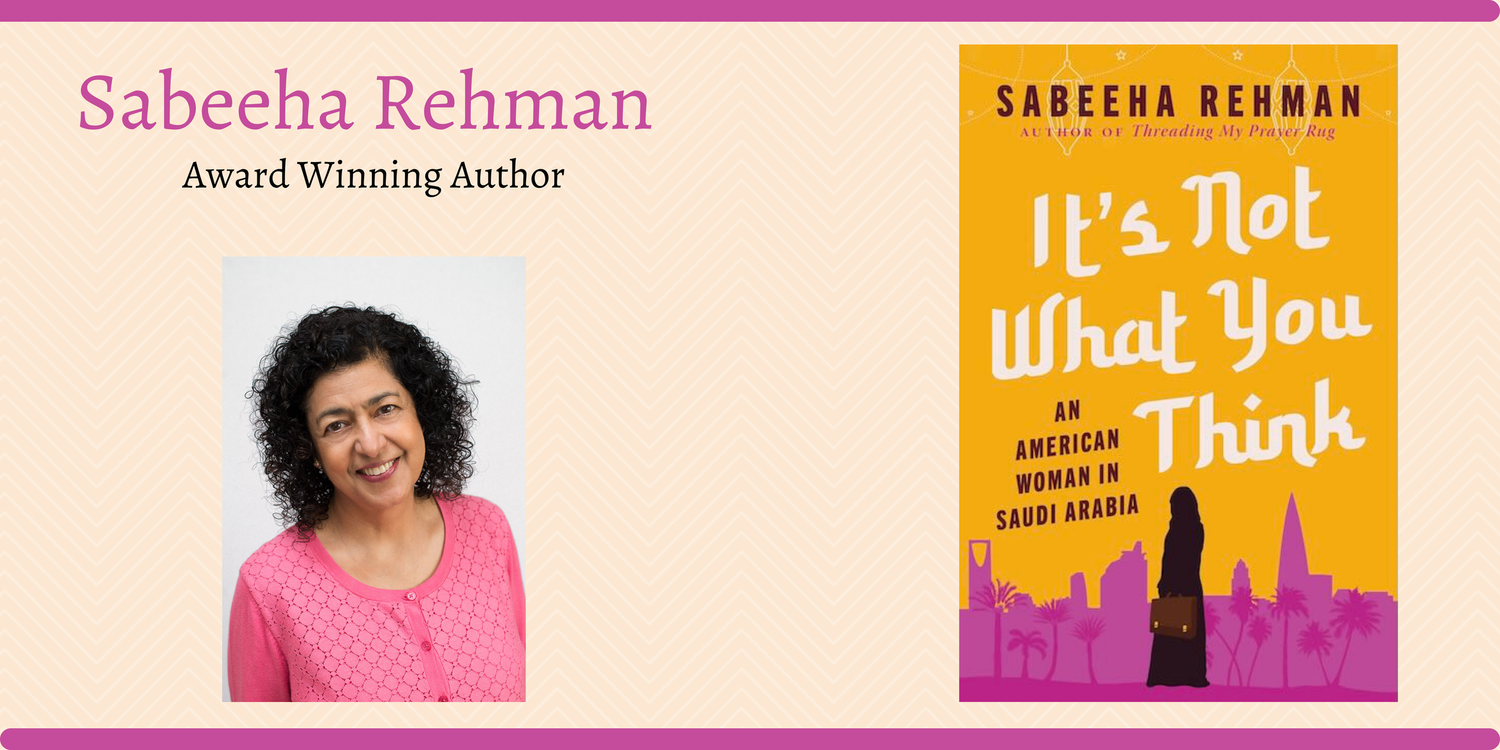Updated July 18, 2020
I visited Hagia Sophia in 1992 as part of a delegation of the Islamic Medical Association of North America. Our children were with us. We learnt that it was built as the Cathedral of Constantinople in 532 CE by the Roman Emperor Justinian; converted into a mosque in 1453 by the Ottoman Sultan Mehmet II; then transformed into a museum by Mustafa Kemal Ataturk in 1935. This week, Turkey’s State Council rededicated it as a mosque. My initial response: I wish they hadn’t. A few days later, I listened to a Jumma Khutba by Imam Feisal Abdul Rauf, in which he made the case that Hagia Sophia should function as both a mosque and a church.
First, my initial opinion:
Converting a Cathedral into a mosque goes against God’s injunctions in the Quran, His Shariah, the Prophet Muhammad’s instructions & covenant, and the Caliph Umar’s edict. I don’t claim to be a scholar but I am relying on these sources:
The Quran: “There is no compulsion in religion.” 2:256. The Quran exhorts protection of places of worship where God’s name is invoked, including churches, synagogues and mosques, prohibiting their destruction. 22:40
The Prophet Muhammad: He made a covenant with the monks of Saint Catherine’s Monastery in the Sinai granting them and their church his protection. A copy of that letter is on display at the monastery, with the prophet’s hand imprint as a seal. He issued that letter to his followers as an oath to protect and honor churches, stating that wherever they gather (Christians), we will protect them. He urged his followers: Don’t coerce or compel Christians in exercising their religious order; don’t spoil their churches or take things from their houses of worship. As Muslims, we take the prophet’s actions as gospel (no pun intended). He was personification of the faith. Amazon has it in paperback: The Covenants of Prophet Muhammad with the Christians of the World by John Andrew Morrow.
Caliph Umar conquers Jerusalem: In 637 CE, Umar entered Jerusalem after Sophronius, the Patriarch surrendered following a siege. At the time of noon prayer, Sophronius invited Umar to pray in the Church of the Holy Sepulcher. Umar declined, fearing that if he prayed inside the church, it would endanger the church’s status as a place of Christian worship and set an example for converting churches into mosques. He instead prayed outside.
Shariah: Literal translation of Shariah: The way to the watering hole i.e. the path to sustenance, or the right path. Shariah is God’s instructions in the Quran for establishing social justice. One of the objectives of the shariah is to uphold religious liberty. The jurists who established Islamic Jurisprudence based on the objectives of shariah, define religious liberty as protecting and supporting houses of worship, peoples’ right to believe and practice freely without compulsion, as individuals and as groups. For reference, I urge you to read: Defining Islamic Statehood. Measuring and Indexing Contemporary Muslim States, by Imam Feisal Abdul Rauf.
When Sultan Mehmet II converted the Hagia Sophia cathedral into a mosque, whereas he maintained it as a place of worship where God’s name was invoked, he violated the tenet of religious freedom for the Christians. Those who defend his decision, take the position that he bought Hagia Sofia. If that was so, I see it as coercion by a victorious power. When Ataturk transformed it into a museum, he went half-way to make amends, a political compromise IMHO. For Erdogan’s government to reconvert it into a mosque has hurt the sensibilities of Christians, and to the founding premise of Hagia Sophia i.e. a church. The integrity of houses of worship hinges on the integrity of those entrusted to protect them.
I pose this question to those who hail this decision: What if Israel converted Masjid-Al Aqsa to a synagogue, restoring the temple that stood there for ten centuries?
Some supporters of the decision to convert the museum into a mosque cite incidences where Christian conquerors converted mosques into churches, Cordoba being one example. The Prophet urged us to compete in doing good.
After listening to Imam Feisal’s Friday khutba on July 17, this is what I understand:
If we live a God-centered life and take a God-centered perspective, Ata Turk’s conversion of a place of worship into a museum was a conversion from a place where God is glorified to one where man’s accomplishments are glorified. He ended the use of Hagia Sophia as a place of worship to a spiritually dead place. That goes against God’s injunction in the Quran, where He says that unjust are those who prevent the use of the name of God. Imam Feisal makes a suggestion: the Turkish government re-craft the message; invite Christians to worship there as well. Let it serve as both a mosque and a church; Fridays for Muslims, Sundays for Christians. Each will be glorifying God in accordance with their ways. Allah wants us to worship Him, be it Muslims or Christians. Let us not exalt Islam over Christianity but exalt worhship of God over everything. This is not about the Prophet Muhammad over the Prophet Jesus, but about God. There is no space for vengeance in religion. Let us honor Muslim-Christian tradition and enliven it. And it can still continue to serve as a tourist destination.
I am on board with that, and grateful to Imam Feisal for influencing my perspective. You live and learn.
Prophet Muhammad’s covenant
************************************************



